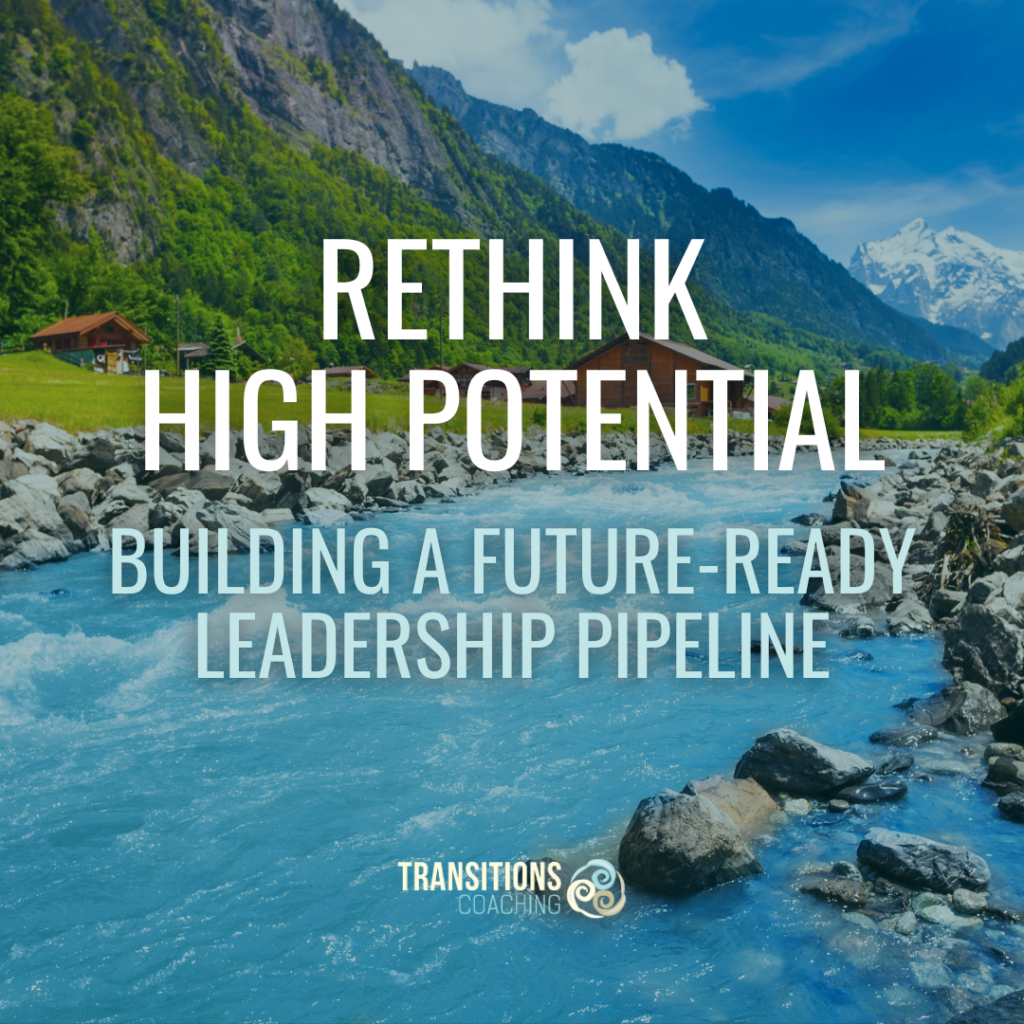
Organizations today face complexity, ambiguity, and uncertainty at levels we’ve never seen before. In response, many are scrambling to develop leaders who can rise to these challenges with clarity, confidence, and focus. But despite their best efforts, the leadership gap is widening.
Why? Because traditional leadership development methods—the ones we once considered “tried and true”—are no longer enough.
For years, we believed strong pipelines were built by promoting employees who consistently hit their goals, exceeded quotas, and performed well. But performance alone doesn’t guarantee readiness. As it turns out, there’s a difference between high potential and hidden potential.
Recent research from McKinsey underscores this point, highlighting six traits that will define leadership success in the 21st century: positive energy, servant and selfless leadership, continuous learning with humility, grit and resilience, levity, and stewardship. These aren’t skills you can teach in a classroom—they’re capacities that are grown, practiced, and embedded into the real-life work of leadership.
Why Traditional Leadership Development Falls Short
Deep down, we all know that leaders don’t grow by sitting in a classroom or listening to theories about leadership. They grow by doing leadership: navigating complexity, facing challenges, and reflecting on the experience.
As helpful as they can be, one-time events like webinars and workshops don’t change people. Practice does. Reflection does. Struggle does. And that’s why organizations today need to take a hard look at their current approach to leadership development.
As our coach Christy Siegle puts it: “One of the simplest but most powerful shifts you can make is to ask: Is our current development strategy expanding leaders’ capacity, or just layering new tools on top of old habits?”
Three Shifts to Build a Future-Ready Pipeline
At Transitions Coaching, we believe the systems HR shapes every day can either accelerate leadership growth or hold it back. To ensure your foot is on the gas pedal, we encourage organizations to think about development differently by making three critical shifts:
1. From Performance to Readiness
Organizations have a tendency to promote people for achieving results, but high performers aren’t always future leaders. Instead of assessing only metrics, look for traits like learning agility, self-awareness, and comfort with discomfort. Use assessments like the Leadership Circle Profile or EIP3 emotional intelligence measures to uncover people’s hidden potential.
2. From Content to Context
Skill-building matters, but disconnected training rarely sticks. Development should happen in real life, doing real work. Think about embedding reflection prompts into performance reviews, building cohort-based stretch projects into succession planning, and debriefing projects with a focus on how leaders led, not just what they achieved.
3. From Event to Ongoing Practice
Leadership isn’t built in a single workshop, or even a year-long development program. Growth happens during ongoing assignments, sustained coaching, feedback loops, and regular reflection. Treat people’s transitions—like a promotion to a new role or a stretch assignment—as launching points for development.
Free Resource: Download the 3 Shifts Handout
Which of these shifts feels most urgent for your organization right now? If you’re ready to put these ideas into practice, download our free tool: 3 Shifts to Build a Future-Ready Leadership Pipeline.
This resource highlights the most important actions you can take to rethink your approach to developing high-potential employees and build a future-ready pipeline of leaders to close the gap in your organization.
Download the free handout here
Where Leadership Potential Grows
Transitions Coaching exists to help people lead, work, and live more humanly. Our nine-month group coaching program, Elevate for Impact, helps emerging leaders build the self-awareness, strategic mindset, and resilience they need to thrive.
Because if we want strong leaders tomorrow, we need to start building their capacity today.




